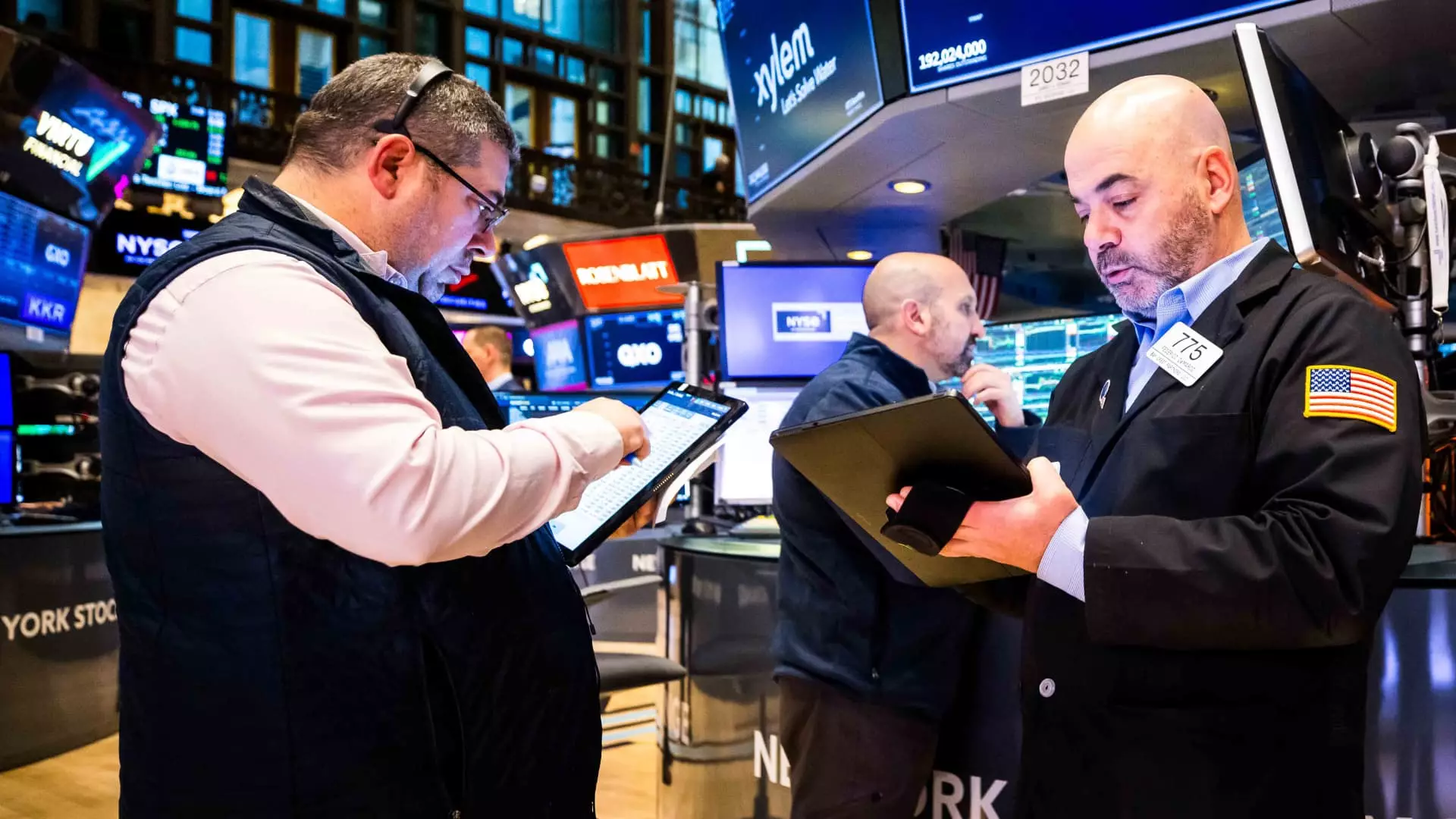For many investors, the concept of stock picking appears straightforward, inviting them to believe that they can outperform the market with the right strategy. However, data consistently tells a different story. According to research from S&P Global, a staggering 73% of actively managed funds underperform their benchmarks after just one year, escalating to 95.5% over five years. By the 15-year mark, the majority fails to deliver any satisfactory results. This unflattering reality raises a critical question: why does active management, despite its allure, prove to be such a challenging endeavor?
The rise of passive investment strategies, primarily through index funds and ETFs, poses a significant threat to active management. Charles Ellis, an influential voice in the investing world, argues that the difficulties faced by active managers are unlikely to change. Despite the ongoing influx of talent into this sector, many fund managers struggle to secure a competitive advantage. This sentiment is echoed by ETF expert Dave Nadig, who noted recently that the landscape for active management is still robust, notwithstanding its struggles.
Ellis points out that there is a paradox in the industry. The influx of skilled individuals into active management leads to an overcrowded field, diluting the chances of any single manager outshining their peers. This situation results in a highly competitive environment where, instead of achieving unique insights, talented managers often find themselves inadvertently canceling each other out. In a marketplace flooded with sophisticated technology and quantitative analysis, the challenge for active managers is not just to be good; it’s to be better than everyone else who possesses similar tools.
The ETF Landscape: Opportunities and Risks
While Ellis remains optimistic about the continued evolution and reduction of fees in the ETF sector, he also expresses concern regarding potential pitfalls for investors. The burgeoning number of ETFs can lead to choices that cater more to the interests of salespeople than those of the buyers. As the market expands, it’s essential to discern which products fulfill genuine investor needs versus those that merely capitalize on current trends.
Ellis raises a particular red flag concerning specialized and leveraged ETFs. These instruments can create false promises of explosive gains, yet they also come with significant risks, including drastic losses. Such features exacerbate the complexity of making informed investment choices, demanding that investors exercise heightened scrutiny.
The Role of Technology in Shaping Market Dynamics
The technological advancements that were once seen as a boon for active managers have become a double-edged sword. Access to advanced trading tools and algorithms has leveled the playing field, making it increasingly difficult to identify truly innovative trading tactics. As Nadig aptly points out, every trader today has access to comparable technology—a landscape where the best strategies are quickly adopted by the competition, further confusing the efficacy of active management.
As Ellis aptly puts it, the market has turned into a game of poker where all cards are laid face up. This transparency removes the element of surprise that could lead to outperformance, placing even more pressure on active managers. The irony is that the very skills that make these professionals successful can ultimately lead to collective underperformance.
An important takeaway from the ongoing discussion around active versus passive investing is how the focus has shifted among investors, particularly those who are less experienced. Many individual investors gravitate toward index funds and ETFs, which are perceived as safer, more straightforward options. This trend does not imply that active management will disappear; rather, it underscores the need for a reevaluation of where investors choose to place their capital.
The world of stock picking is far more complex than it first appears. Despite continuous growth in the number of active managers, the empirical evidence overwhelmingly indicates they struggle to outperform their benchmarks. As passive investment strategies become increasingly popular, both investors and fund managers must navigate an evolving landscape filled with opportunities and challenges. Ultimately, the key to investment success may not lie in the ability to pick stocks but rather in adopting a sound investment strategy that aligns with one’s long-term financial goals.

